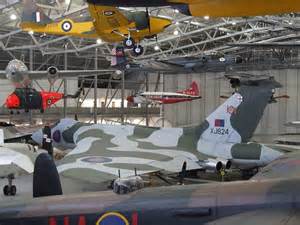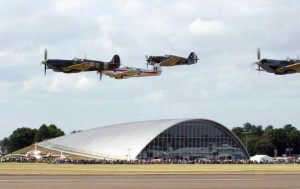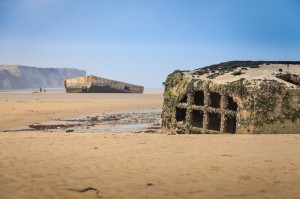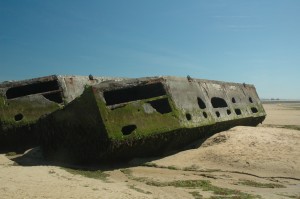Veterans Day and historic military sites
Veterans’ Day in the US and the UK is replete with ceremonies (concerts and parades in the US, red poppies in the UK) to commemorate those who served their country in uniform. Aside from a great opportunity to thank those that fought in foreign lands, it’s a great opportunity to remember some of the historic sites that can give testament to the events they witnessed.
While some sites are now little more than quiet fields that have been reclaimed by nature, many places can still pack an educational punch that leaves the visitor still give the visitor a sense of the enormity and ruthlessness of war.
Here are a couple of my recent favorites:
Duxford Airbase and Imperial War Museum, Duxford, England
Revered as a major Royal Air Force (RAF) base during the legendary “Battle of Britain”, RAF Duxford also boasts an Imperial War Museum. With more than 200 historic aircraft ranging from rickety World War I biplanes to the B-17 Flying Fortress to the SR-71 Blackbird, the collection is arguably the finest in Europe. Also on display is part of the Imperial War Museum’s vast trove of historic photographs, uniforms and documents.
RAF Duxford, situated in bucolic countryside outside Cambridge, was founded during World War I but earned its place in history during the darkest days of World War II. In preparation for his planned invasion of Britain, Hitler launched the full might of the Luftwaffe at England’s factories and cities in 1940.
The bombs killed indiscriminately. His aim was as psychological as it was practical; he sought to terrorize the population and break Britain’s will to fight. It fell to the undermanned RAF to defend the homeland.
As the sector station for Fighter Command’s No. 12 Group, Duxford Air Base was in the thick of the battle. Casualties were immense. The pilots who fought in the Battle were enshrined in lore as “The Few”.
In June 1944 the planes launched from the same runways would protect the Allied fleet as it steamed toward Normandy. It would also gain fame as one of the homes of the fighter escorts for the Allied bombers that pulverized Nazi Germany’s industrial might.
RAF Duxford continued as a fighter station after the war and was decommissioned in the 1970’s. With over thirty authentic buildings recognized by the British government for their historical significance, the base was granted to the Imperial War Museum (IWM) in 1976 and has been a world-class center of exhibits and education ever since.
***
Mulberry Harbors and Museum, Arromanches, France
The tiny French coastal town of Arromanches, perched on the sands of Normandy, holds another of my favorite war sites. Not far from the immaculate rows of gleaming marble headstones of the US cemetery at Omaha Beach, the beach village had its fate permanently altered when it was chosen to be the main port of the Allies.
One of the most vexing logistical challenges for D-Day planners was the issue of transferring the move millions of pounds of Allied soldiers, vehicles, weapons, and supplies from ship to shore once the troops had established a beachhead. At Churchill’s order, engineers were set to the monumental task of constructing giant ports nicknamed “Mulberry Harbors”, designed to accomplish the feat.
Before the blood had washed away from the Normandy sand, the ports were unloaded from ships and attached by brave engineers under enemy fire. While bullets still flew the ports were operational and offloading tons of materiel per hour for the final push against Hitler’s Riech.
Today, a very well done museum perches above the coast and describes the incredible engineering task undertaken to build the ports. It gives even a layman like me a good idea of how this was pulled off, and of the massive challenges (storms, waves, German gunfire) that the Mulberry builders had to contend with.
But this isn’t the most moving part of the area; the really evocative sights are sitting just off the coast and demand no entrance fee. Still visible in the surf are the ghostly hulks of the prefabricated ports themselves. The skeletal iron beasts, now rusted and worn away by decades of tide and salt water, serve as a silent reminder of the world-changing event that came to Normandy’s shores. And they remind us of the ordinary people—most now passed away—who found themselves swept up in the gale force of history.





November 16th, 2014 at 10:54 pm
This is an important article for everyone to read at this time of remembering our veterans. So much of the history of the sacrifice and struggle for our way of life has been overlooked and forgotten recently. Very good to see the interest you have in preserving some of it.